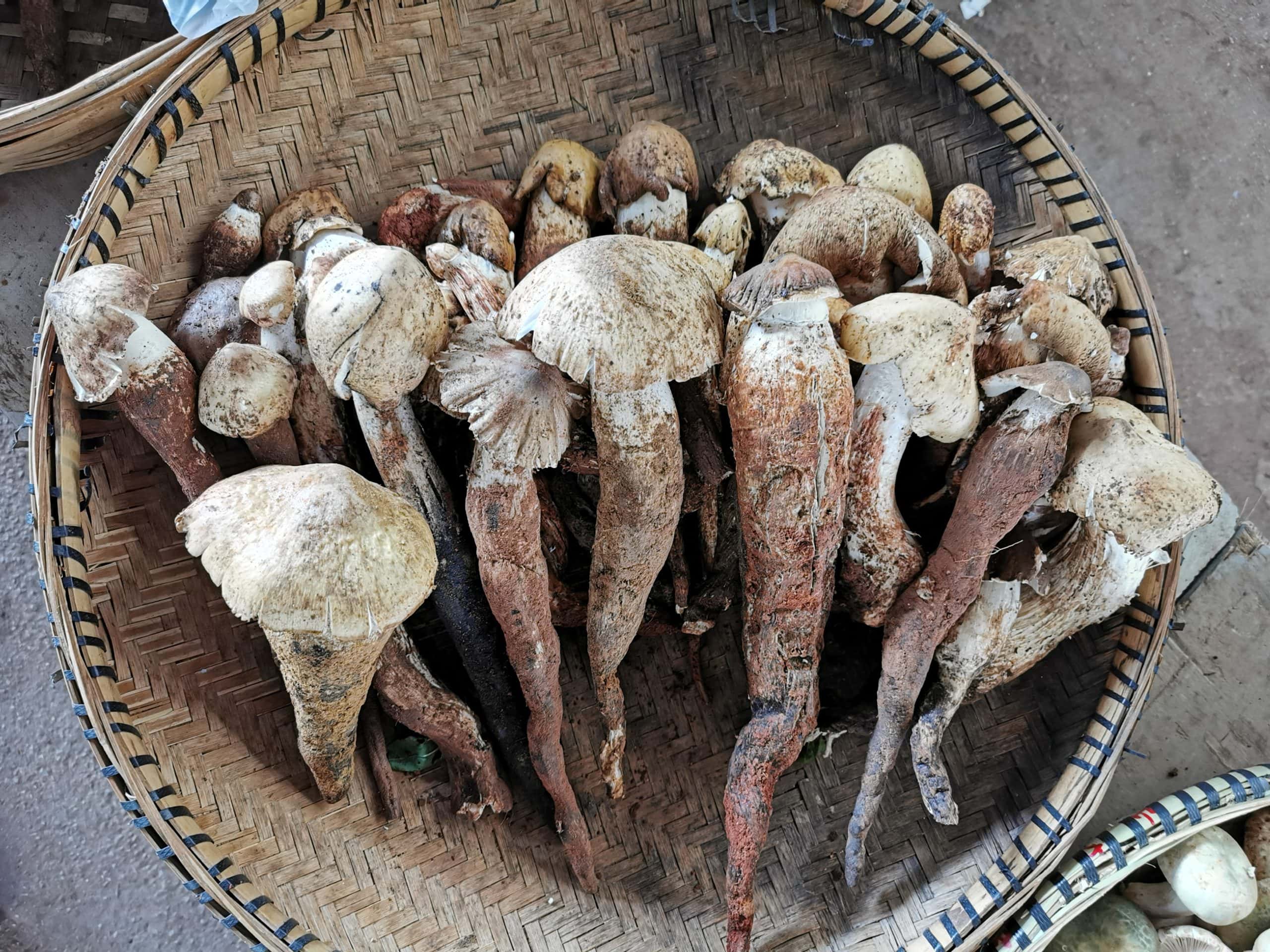Termitomyces: exploring the world’s most mysterious mushroom
- From
-
Published on
03.08.20
- Impact Area

Researchers are readying to shine light on the world’s ‘dark matter’ — fungi — and expect surprising results.
The world’s biodiversity never fails to astonish. Nowhere is this more evident than in Southeast Asia and Africa, home to some of the most miraculous organisms to inhabit our planet. While the sheer physicality of many large animals found in the regions may captivate onlookers, some of the more baffling case studies from nature are right beneath our feet: termites and the fungi they actively farm.
Their homes are engineering marvels. Mounds can reach as high as 6 metres, dotting landscapes like extraterrestrial skyscrapers. These complex architectural structures are thought to contain microclimates carefully calibrated by worker termites in response to temperature fluctuations. Other functions, though, remain largely unknown.
That’s not all. It turns out that some termite species, such as those in the genus Macrotermes, might even be the world’s oldest farmers: fungus farmers, that is. New research suggests the practice began upwards of 25 million years ago and continues to this day.
Related news
-

Australia partners with International Livestock Research Institute to upskill researchers from Africa and Asia
International Livestock Research Institute (ILRI)13.11.25-
Food security
-
Poverty reduction, livelihoods & jobs
Australia has joined forces with the International Livestock Research Institute (ILRI) to support th…
Read more -
-

Next-gen rice lines top check varieties at 7.5 t/ha in ESA
International Rice Research Institute (IRRI)11.11.25-
Food security
MOROGORO, Tanzania (8 October 2025) — Elite rice lines are outperforming the current popular varie…
Read more -
-

QTL Profiling Now Live on EBS
International Rice Research Institute (IRRI)11.11.25-
Food security
QTL profiling is now integrated into the EBS Platform’s MDA module. Teams across CGIAR research…
Read more -
